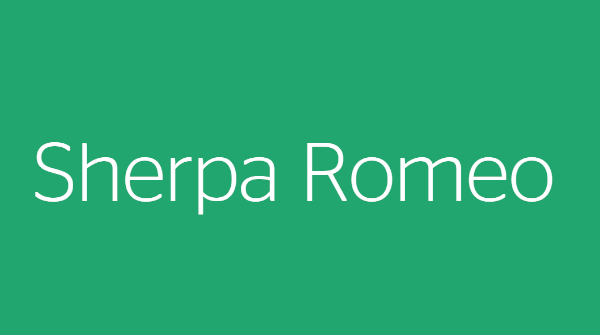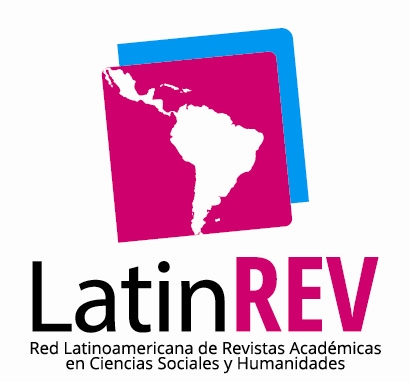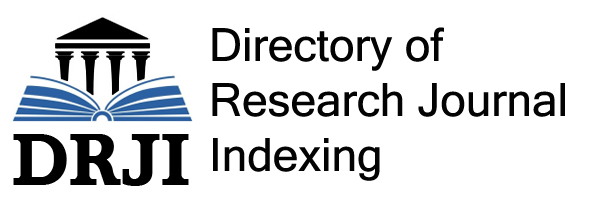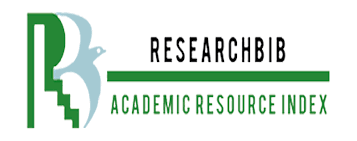Methodological proposal: integration of information and communication technologies to the educommunication process
DOI:
https://doi.org/10.35622/j.rr.2021.04.004Keywords:
Methodological alternatives, communication, educommunication, technologyAbstract
The purpose was to diagnose the equipment and the use of ICTs in the teaching and learning process in teachers and students of the Information Sciences and Social Communication Career of the Catholic University of Cuenta (Ecuador). The research approach used was qualitative-quantitative, descriptive and cross-sectional. The sample population consisted of 10 teachers (between 40 and 53 years old) and 103 students from the first to the tenth cycle (between 17 and 36 years old). The instruments for obtaining data was the closed questionnaire established on the Likert scale and as a complement it was the observation guide, both structured in three components: 1) Structure and use of technology. 2) Perceptions on the use of technological tools and 3) Technological equipment, their obtaining of information was generated based on a bibliographic tracking and analysis in academic search engines, magazines, conferences and seminars; as well as in scientific databases, which allowed to provide an analysis of the essential elements for the study of research, where it is determined that students have a greater use of communication technologies in relation to that of their teachers, since that students, being in a millennial system, have better knowledge and skills, since in their generation of the eighties they have an act of technological knowledge, social and ethical values.
References
Díaz-Barriga, Á. (2013). TIC en el trabajo del aula. Impacto en la planeación didáctica. Revista Iberoamericana de Educación Superior. https://doi.org/10.22201/iisue.20072872e.2013.10.88
Díaz, R. P. (2019). Teaching digital competence in the teacher training institutes: Case of the Dominican Republic. Pixel-Bit, Revista de Medios y Educación, 55, 75–97. https://doi.org/10.12795/pixelbit.2019.i55.05
Ezequiel, M., Mendoza, B., Lagos, C. P., Jessenia, N., & Morales, M. (2019). Ciudadanías digitales Perspectivas desde los medios, el Periodismo y la educomunicación editores.
Huergo, J. A. (2017). Comunicación/Educación: Itinerarios transversales. In Comunicación - Educación (pp. 3–25). https://doi.org/10.4000/books.sdh.183
Iborra Cuéllar, A., & Izquierdo Alonso, M. (2010). ¿Cómo afrontar la evaluación del aprendizaje colaborativo? Una propuesta valorando el proceso, el contenido y el producto de la actividad grupal. Revista General de Información y Documentación, 20(1), 221–241.
Kaplún, M. (2002). Comunicador, Una pedagogía de la comunicación (el Popular).
Ketele, J. (1984). Observar para educar : observación y evaluación en la práctica educativas. 21.
López-García, C. (2016). Enseñar con TIC Nuevas y renovadas metodologías para la enseñanza Superior. Enseñar Con TIC Nuevas y Renovadas Metodologías Para La Enseñanza Superior, 9–16.
Marín, V., Asunción, M., & López, R. (2009). No 35 Julio.
Meneses, K. L., & Bucheli, M. G. V. (2019). El empleo de las TIC en la Educación Superior. Educando Para Educar, 20(37), 91–99.
Paul, R., & Elder, D. L. (2003). La mini-guía para el Pensamiento crítico Conceptos y herramientas. Pensamiento, 26.
Pérez, F. G. (1974). Hacia una pedagogía basada en los medios de comunicación social: experiencias concretas en America Latina. CIEC.
Ramón, F. (2019). El aprendizaje dialógico: un paso más hacia la inclusión en el aula.
Ricardo, C., & Iriarte, F. (2017). Las TIC en la Educación superior: experiencias de innovación. In Las Tic en educación superior.
Sáez Lopez, J. M., & Ruiz Ruiz, J. M. (2012). Estrategias metodológicas, aprendizaje colaborativo y TIC: Un caso en la Escuela complutense latinoamericana. Revista Complutense de Educación, 23(1), 115–134. https://doi.org/10.5209/rev_RCED.2012.v23.n1.39105
Salinas, J. (2004). Teaching innovation and the use of ICT in university education. RUSC. Universities and Knowledge Society Journal, 1(1). https://doi.org/10.7238/rusc.v1i1.228
Sanchez, J. (2003). INTEGRACIÓN CURRICULAR DE TICS. Conceptos y modelos. Revista Enfoques Educacionales, 5(1), 51–65.
Sunkel, G. (2006). Las tecnologías de la información y la comunicación (TIC) en la educación en América Latina. Una exploración de indicadores.
Tornero, J. M. P., & Tejedor, S. (2016). Ideas para aprender a aprender: manual de innovación educativa y tecnología. Editorial UOC.
Velandia, L. N. M., Gómez, L. A. P., Piragauta, J. D., Herrera, F. S., Aros, C. G., & Bello, G. P. (2018). El papel de las tic en la transformación de la sociedad. In El papel de las tic en la transformación de la sociedad. https://doi.org/10.2307/j.ctv11wjdp
Velandia, L. N. M., Gómez, L. A. P., Piragauta, J. D., Herrera, F. S., Aros, C. G., Bello, G. P., & Velandia, L. N. M. (2018). Las TIC en la educación. In El papel de las tic en la transformación de la sociedad (Vol. 0, Issue 0, pp. 11–32). https://doi.org/10.2307/j.ctv11wjdp.4
Zacarias, I. G. (2018). Las políticas de evaluación educativa en América Latina. Revista Fuentes, 20(2), 29–35. https://doi.org/10.12795/revistafuentes
Published
Issue
Section
License
Copyright (c) 2021 Fredy León-Martínez, Fernando León-Martínez, Víctor Guillermo-Ríos

This work is licensed under a Creative Commons Attribution 4.0 International License.




















